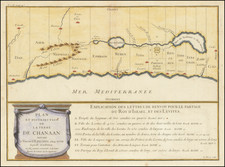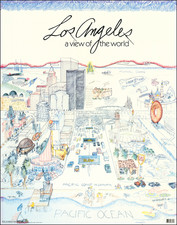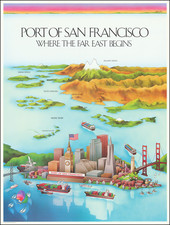Mapping The Orphanages and Infrastructure of the Central Society for the Care of Orphans in Poland
Multilingual (Yiddish, English and Polish) map of Poland, illustrating the orphanages and other facilities and infrastructure operated by the "Central Society for the Care of Orphans" (CENTOS), a Jewish organization which cared for orphans and children in Poland beginning in the 1920s, following World War I.
The map legend identifies different types of facilities operated by the organization, along with the its headquarters and 9 regional committee locations. Other facilities noted include:
- Boarding Schools
- Trade Schools
- Private Care
- Work-Shops
- Orphanages
- Summer Colonies
- Homes and Colonies owned
Published by Graphicon at Marszalkowska 131 in Warsaw. We were not able to find any information about the mapmaker, B. Horowitz.
CENTOS
The Centralne Towarzystwo Opieki nad Sierotami, also Związek Towarzystw Opieki nad Dziećmi i Sierotami (polish) or Farband far Kinder Szuc un Jatomim Ferzorgung (Yiddish) (English translation) Central Society for the Care of Orphans, or Central Union of Associations for the Care of Jewish Children and Orphans) was a Polish-Jewish children's-aid society.
CENTOS was founded in April 1924 by Jewish activists who sought to help children who had become orphaned in the aftermath of World War I. CENTOS was formed as a combination of hundreds of smaller regional institutions, mostly focused on caring for Jewish orphans. It was organized with a headquarters in Warsaw, with nine regional committees. CENTOS received financial support from the American Jewish Joint Distribution Committee, as well as from various elements of the Polish central and local governments and local donors.
CENTOS' first chairman was Polish politician and social activist Rafał Szereszowski. Other major interwar activists included Witold Wiesenberg, Maks Schaff, Anzelm Halpern, and Józef Kohn. CENTOS aided disadvantaged families and ran orphanages, schools, and clinics. It also organized summer and winter holidays for children of poor families.
CENTOS published several monthly magazines for social workers, teachers, and other professionals involved in child care, two of them in Yiddish (Unzer Kind, which later merged with the similar Dos Kind and Dos Szucloze Kind) and the Polish-language Przegląd Społeczny. Scholars and activists who wrote for them included Stefania Wilczyńska, who in the late 1930s also worked as a CENTOS inspector. Another author who published in those outlets was Janusz Korczak, whose Warsaw orphanage, with which Wilczyńska was also affiliated, was also supported by CENTOS.
CENTOS was most active in the Warsaw and Lwów Provinces. In 1928, 4,500 orphans were under CENTOS' care, with employees totalling over 1,000 adults.
In the 1930s CENTOS sought to aid German Jews facing growing discrimination in Nazi Germany. In 1938 an estimated 15,000 children were aided by CENTOS, through a network of 26 orphanages, 75 day-care facilities, 3 clinics, and over 30 holiday resorts. CENTOS functioned in over 200 Polish municipalities.
CENTOS continued to operate following Germany's occupation of Poland in World War II. Most notably, CENTOS was highly active in the Warsaw Ghetto during the Holocaust in Poland. There were 20 day centers in that Ghetto to look after thousands of children. CENTOS was also present in the Brzesko Ghetto, along with Jewish Social Self-Aid (JSS, Żydowska Samopomoc Społeczna, Jüdische Soziale Selbsthilfe) and the Committee for Aid to Refugees and the Poor. CENTOS was also active in the ghettos' Jewish resistance, not only in its official capacity of providing food and shelter, but clandestinely, helping provide cover for resistance operatives, smuggling weapons into the ghettos, and helping maintain communication and smuggling channels between the Jewish and Polish resistance.
Rarity
The map is unrecorded. This is apparently a unique survival.











![[Holy Land]](https://storage.googleapis.com/raremaps/img/small/81990.jpg)


